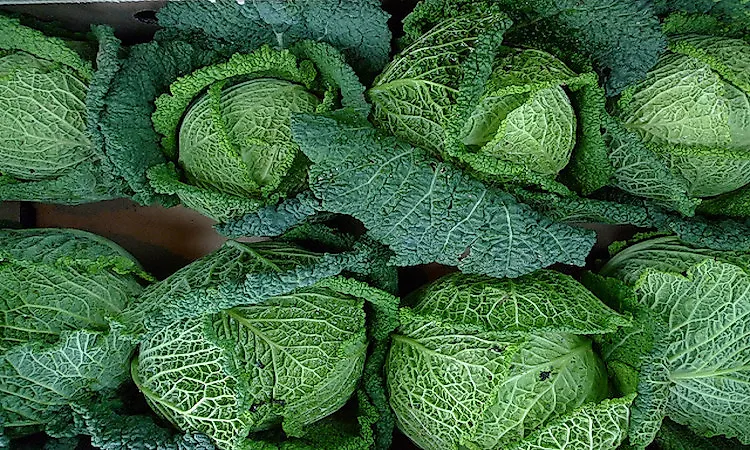The World Leaders In Cabbage Production

China, India, and Russia are the world’s three biggest cabbage producers while Russia is the largest cabbage consuming country. The cabbage plant (Brassica oleracea) is biennial or annual with a densely-leaved and edible head. Varieties of the plant include the red, white, and Savoy cabbages. The plant has a round shape and grows to a maximum of 300 cm on a short, thick stem. Its flowers are yellow while the roots are shallow and fibrous. The domestication of the plant began in Europe before 1000 BC as it has been mentioned in many literary works from that era. Throughout time, cabbages have been embraced for their nutritious properties
Benefits Of Cabbage
Cabbages are packed with elements which are useful to the human body. The plant is classified as an anti-oxidant due to the presence of polyphenols including anthocyanins, gallic acid, vanillic acid, and coumaric acid. These elements play a significant role in cancer prevention. Cabbage is an excellent source of Vitamin C which is essential in preventing scurvy. The plant is used as a relief from constipation and other digestive ailments due to the presence of roughage. Cabbage has numerous anti-inflammatory benefits since it contains agents such as glutamine and flavonoids. These agents help to reduce the effects of joint pain, irritation, fever, and allergies. Cabbage is popularly recommended for weight loss since it is low in calories and full of nutrition. Additionally, cabbages promote good eyesight, brain, and bone health, and it also combats blood pressure and premature aging.
Uses Of Cabbage
Cabbage is a favorite cuisine dish around the world, and it is prepared by various methods as steaming, sautéing, and shredding. Raw cabbage is also used to make juice. Some varieties of the plant are cultivated as fodder for animals while red cabbage is often pickled. In some cases, cabbages are applied directly to the skin to promote wound healing.
Cultivation And Production Of Cabbage
The plant prefers well-drained and fertile soils in a region which receive full sun. Cabbages require temperatures between 4 and 21 degrees Celsius. The plant can be seeded directly on the ground, or it can begin to grow indoors and later transplanted. The soil is prepared by adding nitrogen and keeping it moist, and seedlings appear after 4 to 6 days. Seedlings grown indoors are transplanted once 3 or four leaves appear. Cabbages take between 70 to 120 days to reach maturity, and they should be maintained evenly watered. Weeds growing around them need to be carefully hand pulled to prevent damage to the plants’ shallow roots. Cabbages require fertilizers regularly feed the plants. The cabbages are ready for harvest once the head is fully formed and firm. The head is cut away from the stalk with a blade, and the outer leaves are trimmed followed by the removal of diseased leaves.
Top Cabbage Producing Nations
China accounts for 32,800,000 tons of cabbage produced in the world. Other Asian countries in the list are India (8,500,000 tons), Japan (2,300,000 tons), South Korea (2,118,930 tons), and Indonesia (1,487,531 tons). Top cabbage producing nations in Europe are Russia (3,309,315 tons), Ukraine (1,922,400 tons), Poland (1,198,726 tons), and Romania (990,154 tons). The US accounts for 964,830 tons of the total world production.
The World Leaders In Cabbage Production
| Rank | Country | Production (tons) |
|---|---|---|
| 1 | China | 32,800,000 |
| 2 | India | 8,500,000 |
| 3 | Russia | 3,309,315 |
| 4 | Japan | 2,300,000 |
| 5 | South Korea | 2,118,930 |
| 6 | Ukraine | 1,922,400 |
| 7 | Indonesia | 1,487,531 |
| 8 | Poland | 1,198,726 |
| 9 | Romania | 990,154 |
| 10 | United States | 964,830 |











